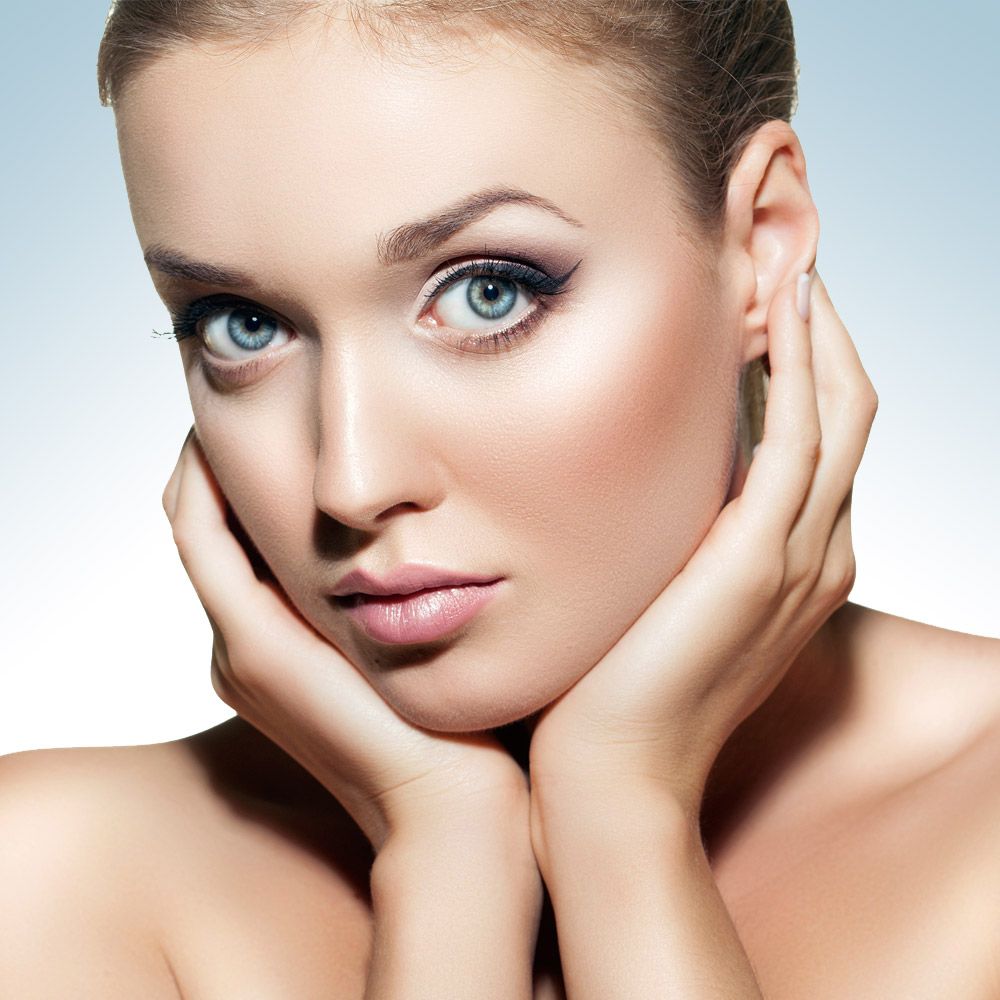
Soft Light Laser Therapy, also known as low-level laser therapy (LLLT), has emerged as a popular choice for individuals seeking skin rejuvenation, acne treatment, and anti-aging solutions. This non-invasive procedure utilizes low-intensity lasers to stimulate cellular repair, improve skin texture, and promote healing. If you’ve recently undergone Soft Light Laser Therapy in Dubai, proper post-treatment care is crucial for achieving optimal results and ensuring your skin heals effectively. Here’s a comprehensive guide to help you navigate the post-treatment process.
1. Immediate Post-Treatment Care
Avoid Touching or Scratching: After your Soft Light Laser session, your skin may feel slightly tender or sensitive. It’s essential to avoid touching or scratching the treated area to prevent irritation or infection.
Apply Moisturizer: Your dermatologist will likely recommend a gentle, hydrating moisturizer to keep your skin hydrated. Opt for products that are fragrance-free and suitable for sensitive skin. Applying moisturizer helps soothe the skin and reduces any dryness or flakiness.
Use Cold Compresses: If you experience any swelling or redness, applying a cold compress can provide relief. Gently place a clean, cold cloth on the treated area for 10-15 minutes at a time, several times a day.
2. Sun Protection
Avoid Direct Sun Exposure: Protecting your skin from the sun is vital after Soft Light Laser Therapy. Direct sun exposure can lead to hyperpigmentation or complications. Try to avoid going out during peak sunlight hours (10 a.m. to 4 p.m.) and seek shade whenever possible.
Use Sunscreen: Apply a broad-spectrum sunscreen with at least SPF 30 daily, even on cloudy days. Reapply every two hours, especially if you’re sweating or swimming. Look for sunscreens that are formulated for sensitive skin to avoid irritation.
Wear Protective Clothing: When outdoors, consider wearing a wide-brimmed hat and sunglasses to shield your face from UV rays. Protective clothing can further reduce your risk of sun damage.
3. Skin Care Routine
Gentle Cleansing: Use a mild, non-abrasive cleanser to wash your face. Avoid products with harsh chemicals or exfoliating agents that could irritate your skin. Cleanse your face twice daily to remove dirt and impurities without over-drying.
Avoid Harsh Products: Refrain from using products containing retinoids, alpha hydroxy acids (AHAs), or beta hydroxy acids (BHAs) until your skin has fully healed. These ingredients can be too harsh and may cause irritation or sensitivity.
Hydration is Key: Continue to moisturize regularly to keep your skin hydrated. Look for products with ingredients like hyaluronic acid, glycerin, or ceramides, which help retain moisture and maintain the skin’s barrier function.
4. Avoid Certain Activities
Steer Clear of Heat: Avoid activities that may cause excessive sweating, such as hot yoga or steam rooms. Heat can exacerbate redness and irritation. Opt for cooler environments and moderate physical activities during your recovery.
Skip Makeup: For the first few days after treatment, avoid wearing makeup. Your skin needs to breathe and heal without the interference of cosmetic products. Once your skin has settled, you can gradually reintroduce makeup, ensuring it’s non-comedogenic and suitable for sensitive skin.
Limit Use of Certain Skin Treatments: Refrain from using other cosmetic treatments, such as chemical peels or microdermabrasion, until your skin has fully recovered. Consult your dermatologist before resuming any additional skincare procedures.
5. Monitor Your Skin
Watch for Unusual Symptoms: Keep an eye on your skin for any unusual symptoms such as prolonged redness, swelling, or signs of infection (e.g., pus, increased pain). If you notice any concerning changes, contact your dermatologist promptly.
Follow Up Appointments: Attend all scheduled follow-up appointments with your dermatologist. These visits allow your doctor to assess your healing progress, address any concerns, and adjust your post-treatment care plan if needed.
6. Lifestyle Adjustments
Healthy Diet: Incorporate a balanced diet rich in vitamins and antioxidants to support skin healing. Foods high in vitamins A, C, and E, as well as omega-3 fatty acids, can aid in skin repair and rejuvenation.
Stay Hydrated: Drink plenty of water to keep your skin hydrated from the inside out. Proper hydration supports the healing process and helps maintain skin elasticity.
Avoid Smoking and Alcohol: Smoking and excessive alcohol consumption can impair the skin’s healing ability. Avoid these habits to ensure optimal recovery and long-term skin health.
7. Long-Term Care
Maintain Healthy Skin Habits: Even after your skin has fully healed, continue practicing good skincare habits. Consistent sun protection, gentle cleansing, and moisturizing are essential for maintaining the results of your Soft Light Laser Therapy.
Regular Skin Checkups: Schedule regular skin checkups with your dermatologist to monitor the health of your skin and address any emerging concerns. Regular evaluations help ensure that your skin remains in optimal condition and allows for timely intervention if needed.
Conclusion
Post-treatment care after Soft Light Laser Therapy is crucial for achieving the best possible results and ensuring a smooth recovery. By following these guidelines—protecting your skin from the sun, adhering to a gentle skincare routine, avoiding certain activities, and making healthy lifestyle choices—you can enhance the benefits of your treatment and enjoy healthier, more radiant skin. Always consult with your dermatologist for personalized advice and adjustments to your post-treatment care plan. Your commitment to proper care will help you achieve the full potential of Soft Light Laser Therapy and maintain the vitality of your skin in the long run.